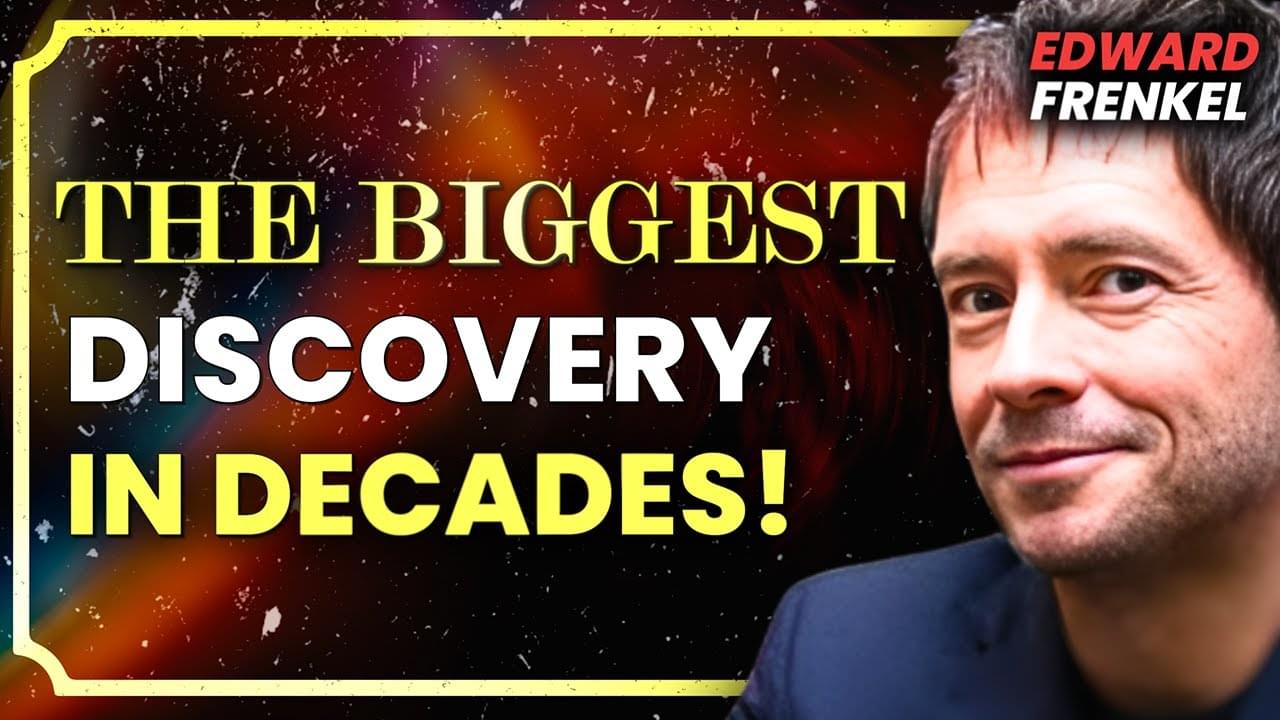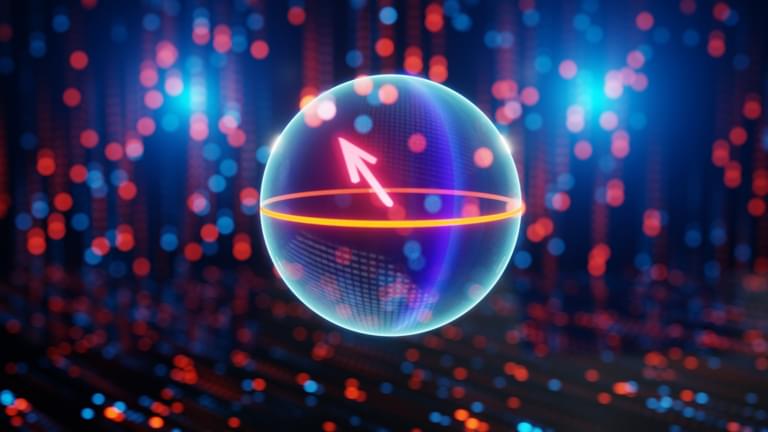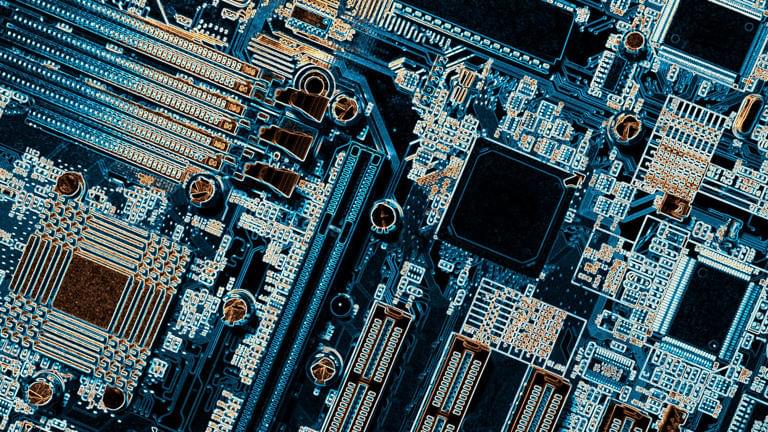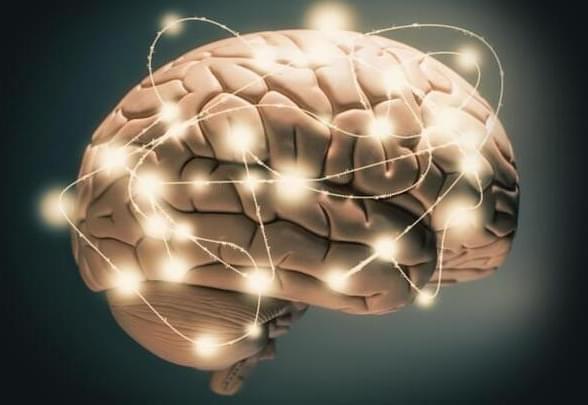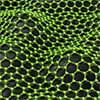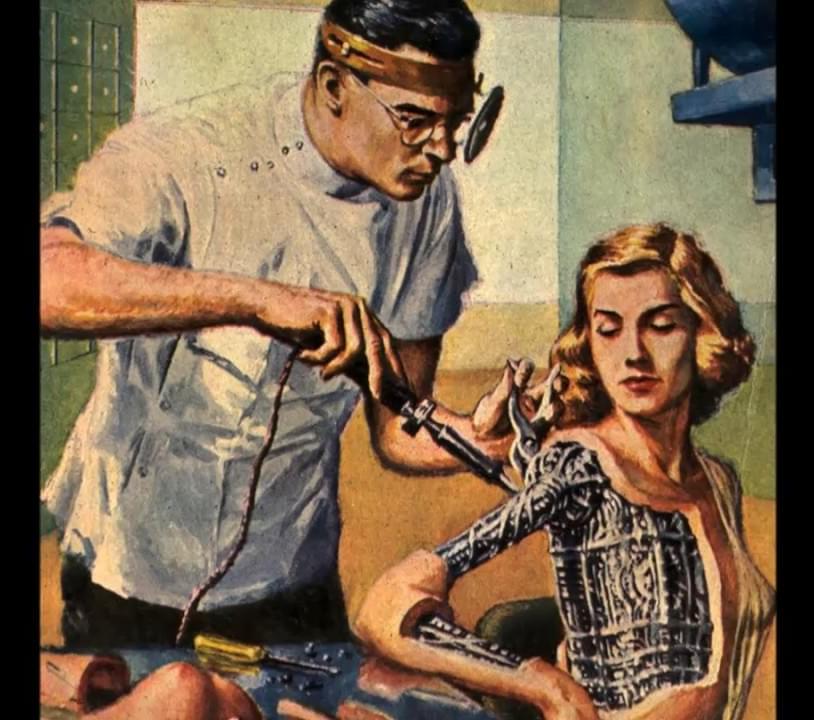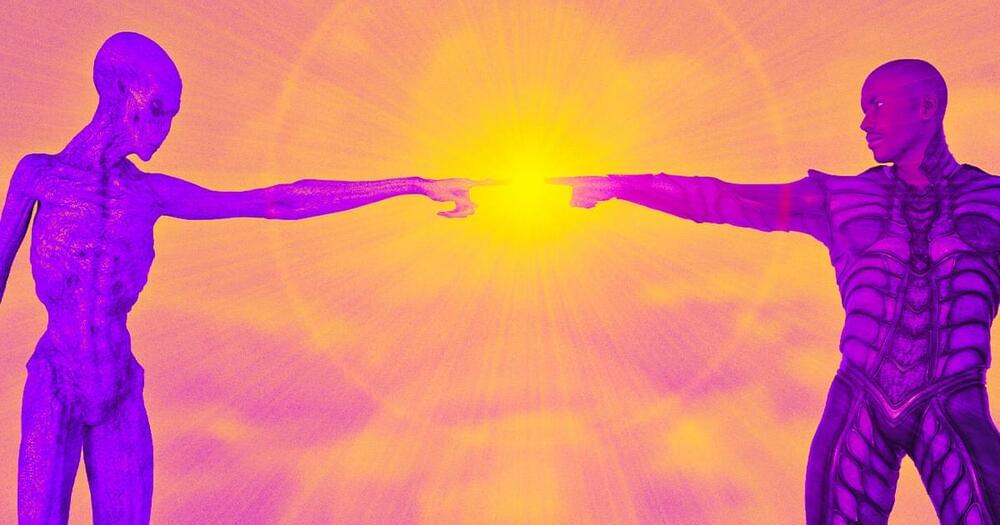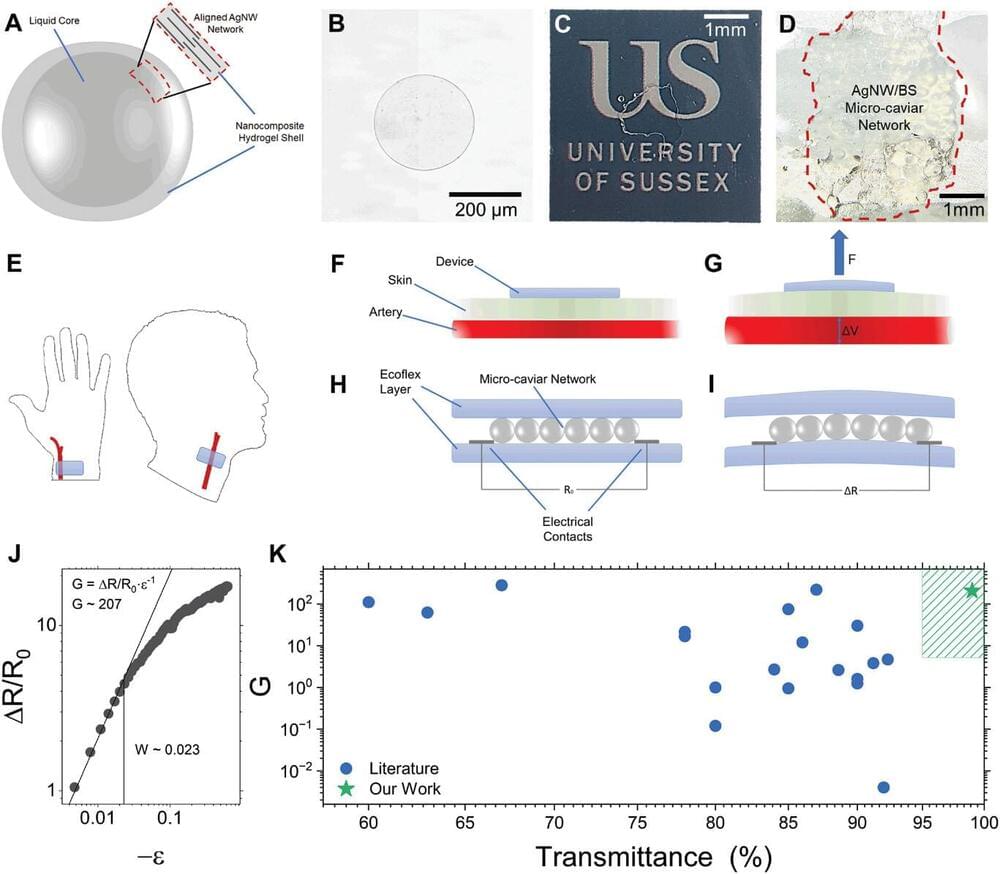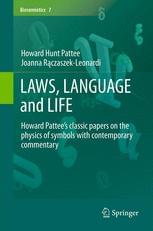Aug 13, 2024
Revolutionary Math Proof No One Could Explain…Until Now
Posted by Dan Breeden in categories: mathematics, physics
The Geometric Langlands Correspondence. Edward Frenkel is a renowned mathematician and professor at the University of California, Berkeley, known for his work in representation theory, algebraic geometry, and mathematical physics. Edward is also the author of the bestselling book “Love and Math: The Heart of Hidden Reality”, which bridges the gap between mathematics and the broader public.
Listen on Spotify: https://open.spotify.com/show/4gL14b9…
Continue reading “Revolutionary Math Proof No One Could Explain…Until Now” »
